05:25, 03/12/2023
In 1993, many fishermen in Hoi An City ( Quang Nam Province) swept their nets and found some ceramics on the seabed of Cu Lao Cham and brought them back to sell to souvenir shops. This revealed that these were rare antiques deep in the ocean.
Through the accounts of those who caught the artifacts, authorities determined that there was a high possibility that a ship carrying ceramics had sunk in this sea area a long time ago.
With the approval of the Government , a Central Steering Committee for Survey, Exploration and Excavation of Antiquities was established. The Vietnam Salvage Association (Visal) coordinated with the Underwater Archaeology Center of Oxford University (UK) and Saga Company, Malaysia to carry out the work.
From August 1997 to July 1999, three surveys and three excavations of antiquities were carried out. Through diving surveys, a sand dune about 30 m long and 2 - 3 m high was discovered at the seabed area 70 m deep at coordinates 1606 "30" north latitude, 108027' east longitude, about 20 km east of Cu Lao Cham island.
When dredging this sand dune, we discovered the shape of a wooden ship lying in an east-west direction and tilting the hull from north to south, covered with barnacles and destroyed, proving that the ship had been there for a long time. Measurements showed that the hull was 29.4 m long, 7.2 m widest point, and inside the ship there were 19 compartments containing many ceramics, porcelain, wooden objects, and metal objects.
The first two excavations mainly dredged mud and sand, cleaned up the sunken ship area, handled site protection measures combined with the exploitation of antiquities. In the third phase, the excavation was carried out on the largest scale in terms of equipment and human resources. Through the inventory of the excavations, more than 240,000 intact artifacts were recovered along with 5 trucks of broken ceramic pieces. In addition to ceramic and porcelain antiquities, a number of pans, pots, bronze kettles, 41 ancient coins, a gold ring with a ruby face, 11 human remains, and a number of longan, gac, walnut, and chestnut seeds were also seized.
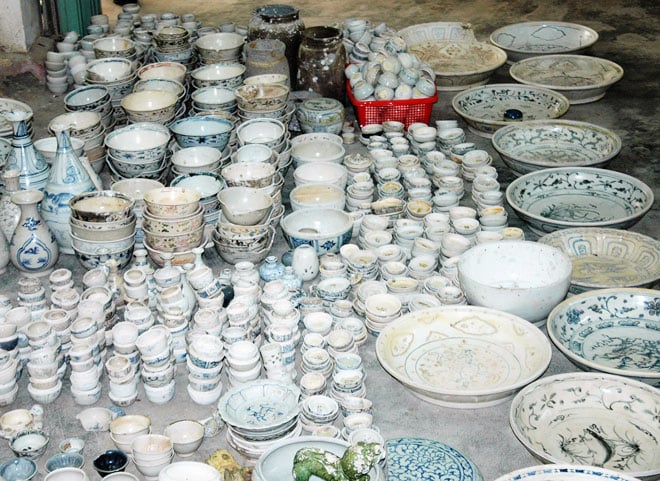 |
| Chu Dau ancient ceramics were excavated from a shipwreck in the waters of Cu Lao Cham. Photo courtesy |
Most of the artifacts are glazed ceramics, with diverse and rich shapes, blue and white flowers, painted in many colors, jade green, blue and white glaze. The patterns on the ceramics are mainly about people, animals, temples and other architectures. The largest type of antique is 46.2 cm, the tallest is 56.8 cm, the smallest is 2.7 cm high... The competent authorities concluded that most of the artifacts are Chu Dau ceramics of Dai Viet (Vietnam) produced in the 15th century, the remaining few are from China, Thailand, Champa also produced during this time. Of the 41 ancient coins, 24 were identified as being from the Yongle period, Ming Dynasty, China, 15th century. The wooden piece of the ship's hull analyzed by the Vietnam Forestry Institute is teak, specialized in building ships. The types of pans, kettles, and bronze pots at the stern of the ship are most likely the utensils of the sailors on this ship. Of the 11 human remains examined by anthropologist Dr. Nguyen Lan Cuong, 6 were adults, 3 were teenagers, and 2 were children. Notably, of the 6 adults, 1 skull was identified as that of a woman around 18 or 19 years old, with anthropological characteristics similar to the skull of a Thai woman.
With the results of the appraisal, researchers and archaeologists have initially determined that teak wood can only be found in India, Thailand, Myanmar and Laos. This is a ship with many similarities to wooden ships of China and Southeast Asian countries from the 15th - 18th centuries. It is possible that this ship was built in Thailand because through research, in the 15th - 16th centuries, Thailand's trade industry developed very strongly, so exchanges and trade were expanded with countries in the region. From the 15th - 18th centuries, the Chantaburi region of Thailand built many teak trading ships. Moreover, the skull of the woman on the ship is consistent with the anthropology of Thai women, so it is very likely that the owner of this ship was Thai. Radiocarbon (14C) analysis of wood samples from the shipwreck shows that this ship was built in the 14th - 16th century. Also through the examination of samples of longan, gac fruit, and chestnuts, these fruits in Vietnam are usually harvested in late summer and early autumn, with chestnuts being abundant in Bac Giang province. It is possible that this merchant ship departed from Thailand to Van Don port, Quang Ninh, Vietnam in the spring, after a period of selling goods and buying Chu Dau ceramics, it returned in early autumn. When the ship passed through the Cu Lao Cham sea area, it encountered bad weather and sank...
Recognizing that there would still be artifacts in the area around the sunken ship, from 2005 to 2007, the People's Committee of Quang Nam province assigned the Department of Culture and Information to coordinate with Doan Anh Duong Salvage and Rescue Company to continue to organize diving surveys and dredging. The surprising result was that after two dredging excavations, more than 16,000 similar artifacts were recovered, a proof that this ship had a fairly large load.
Thai My
Source


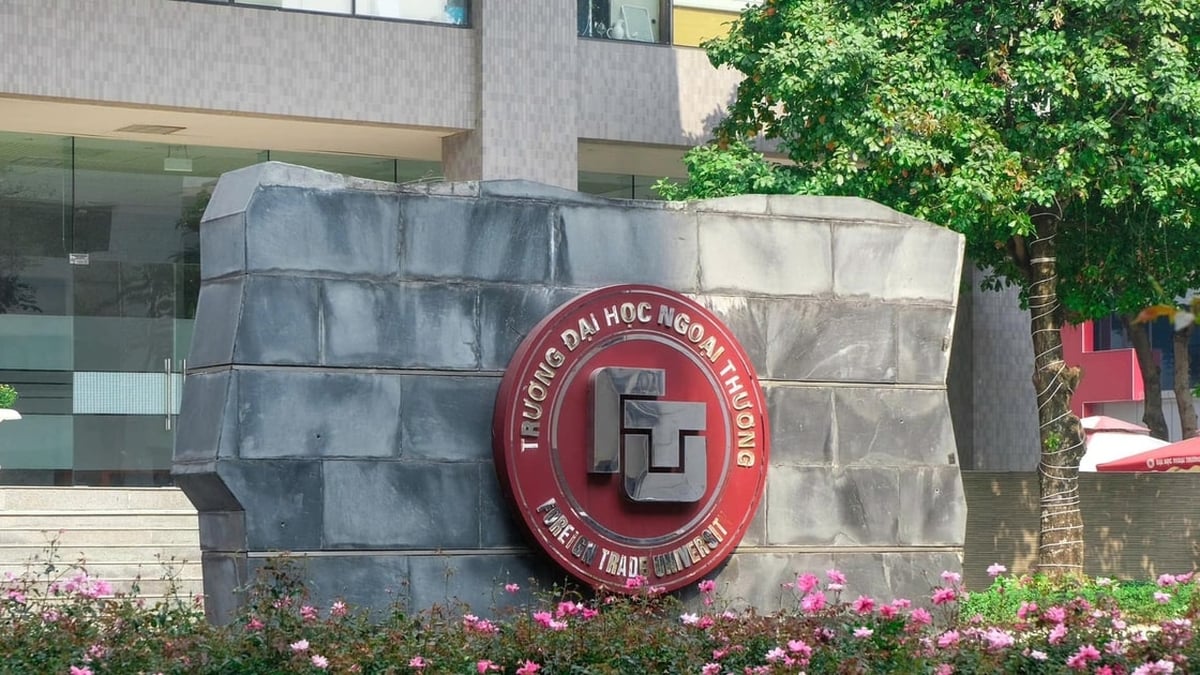



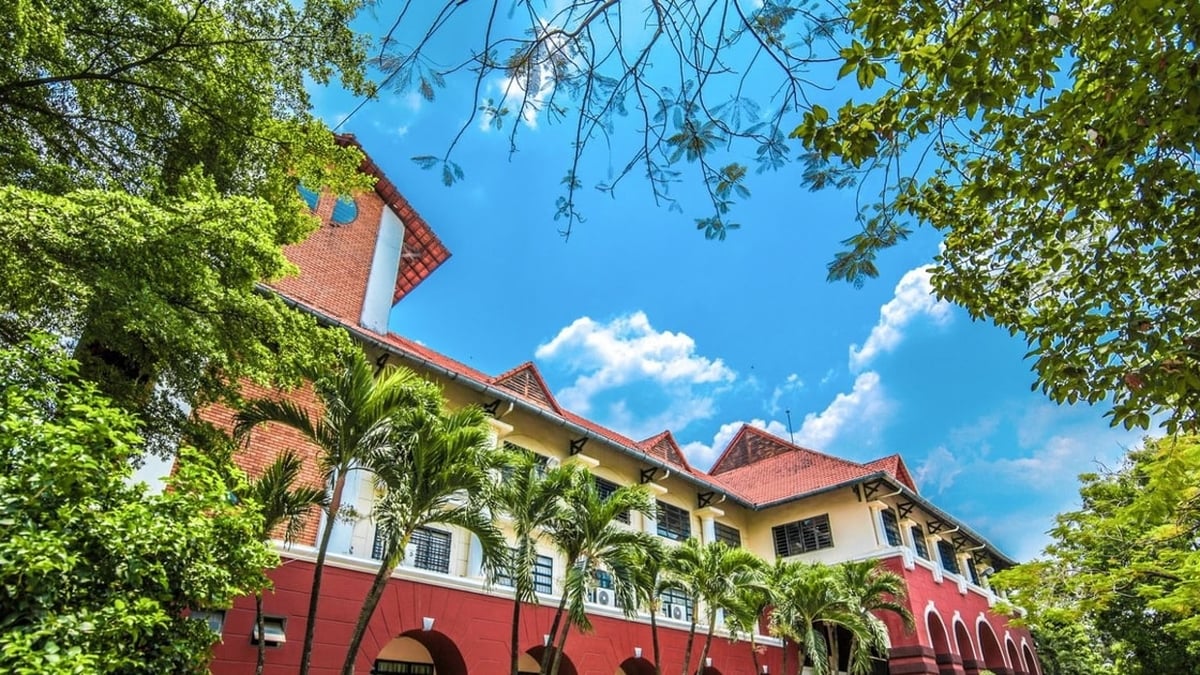

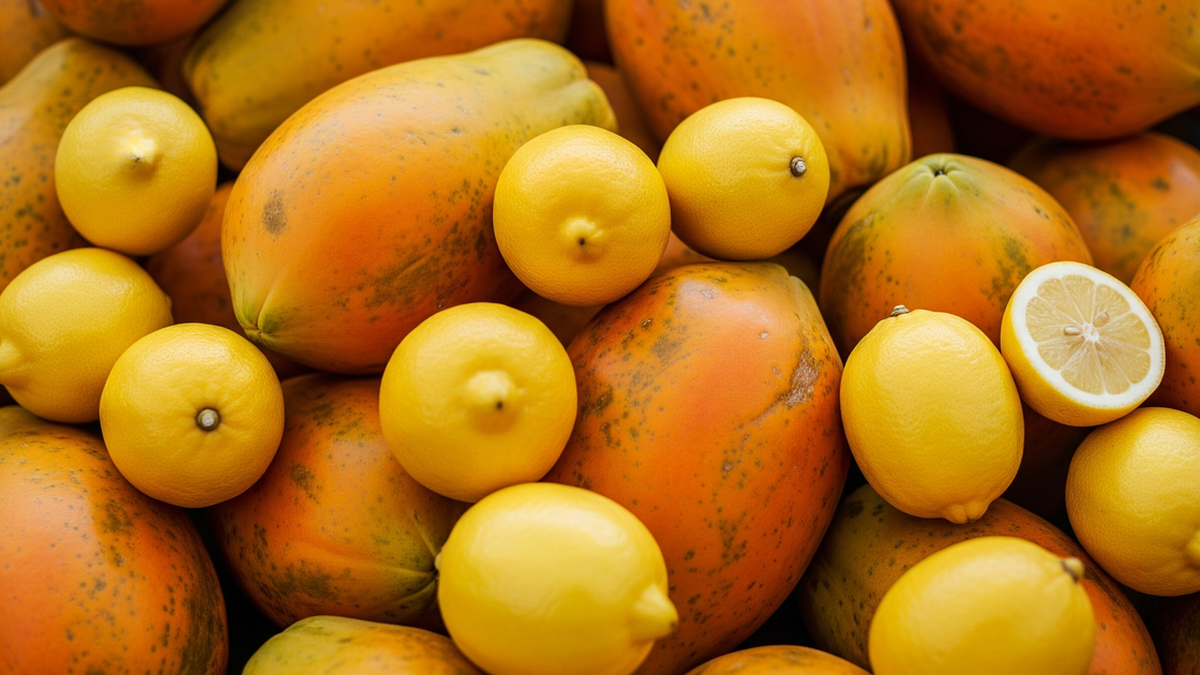

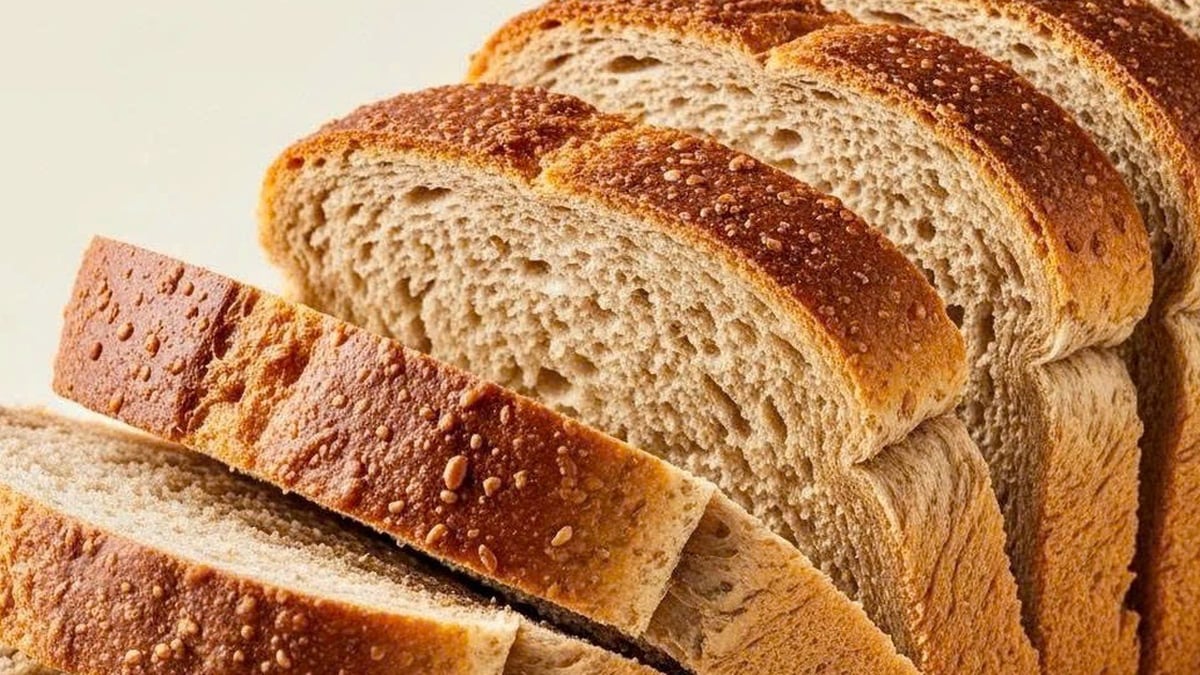
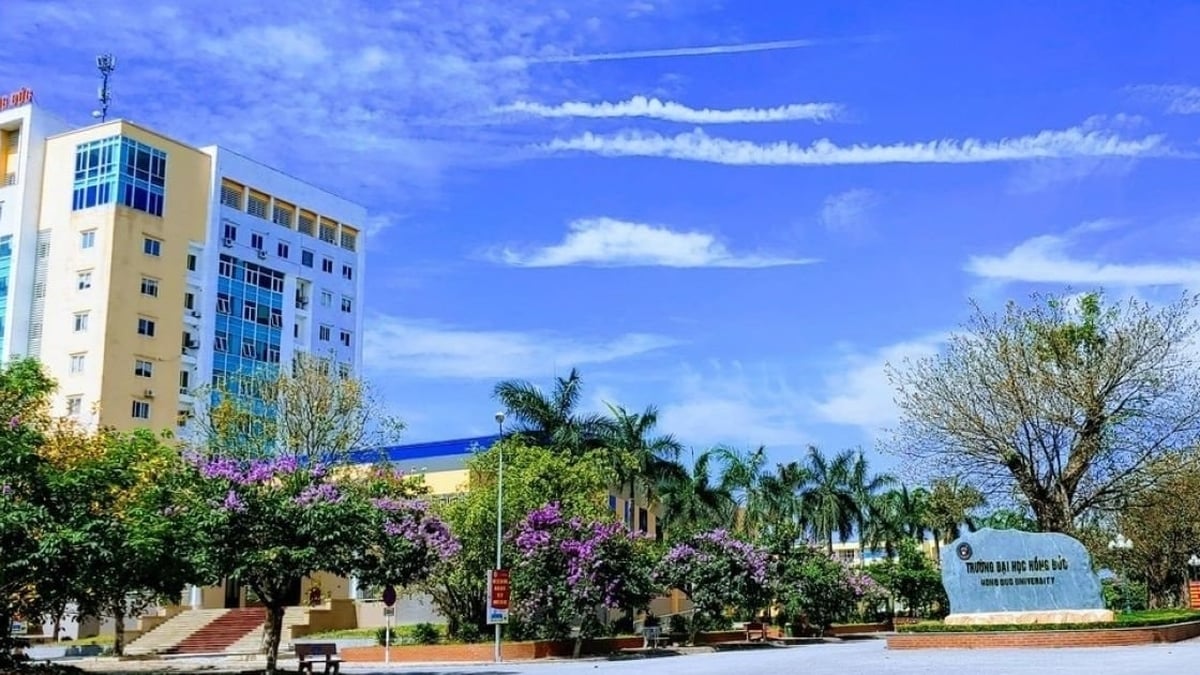





















































































Comment (0)